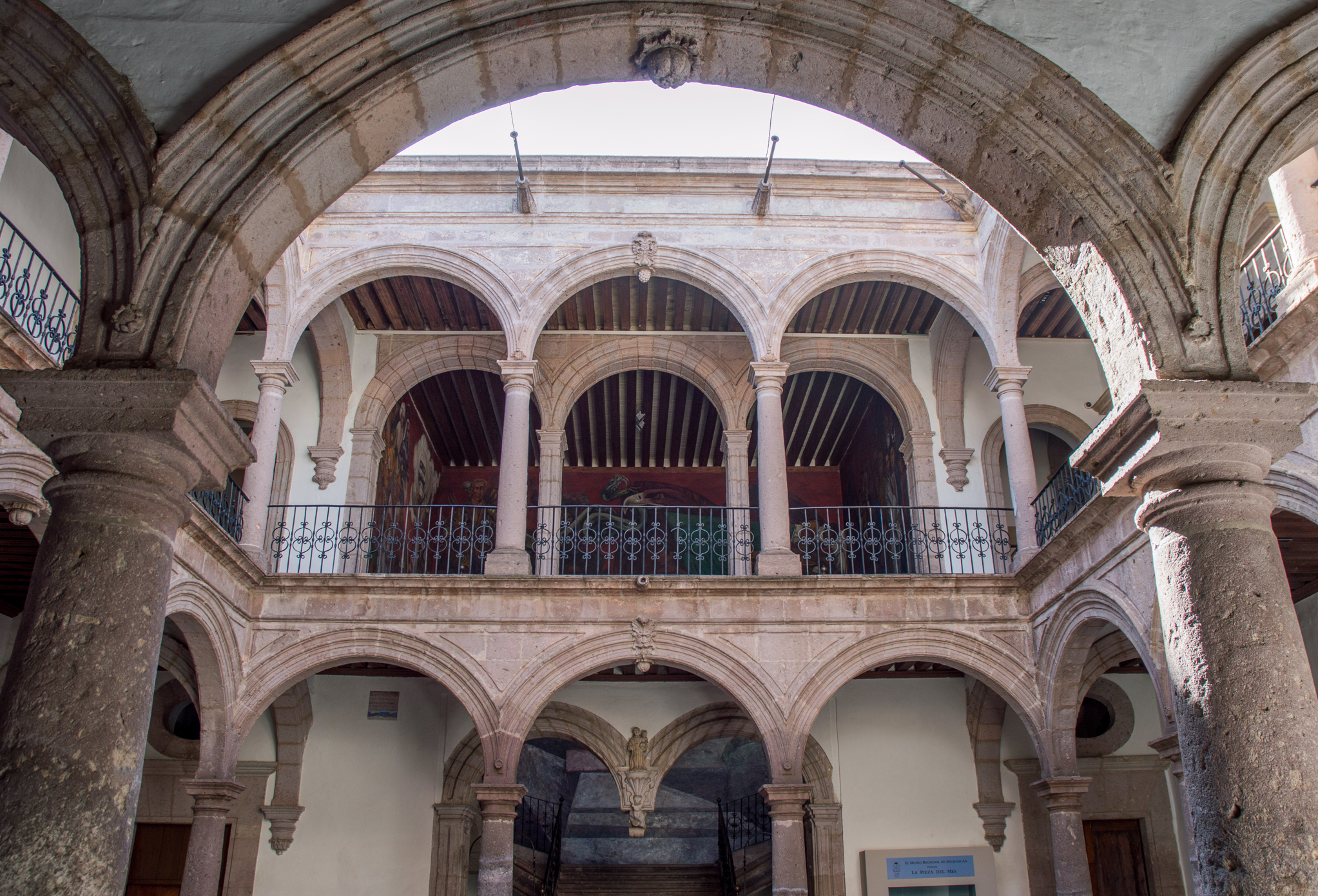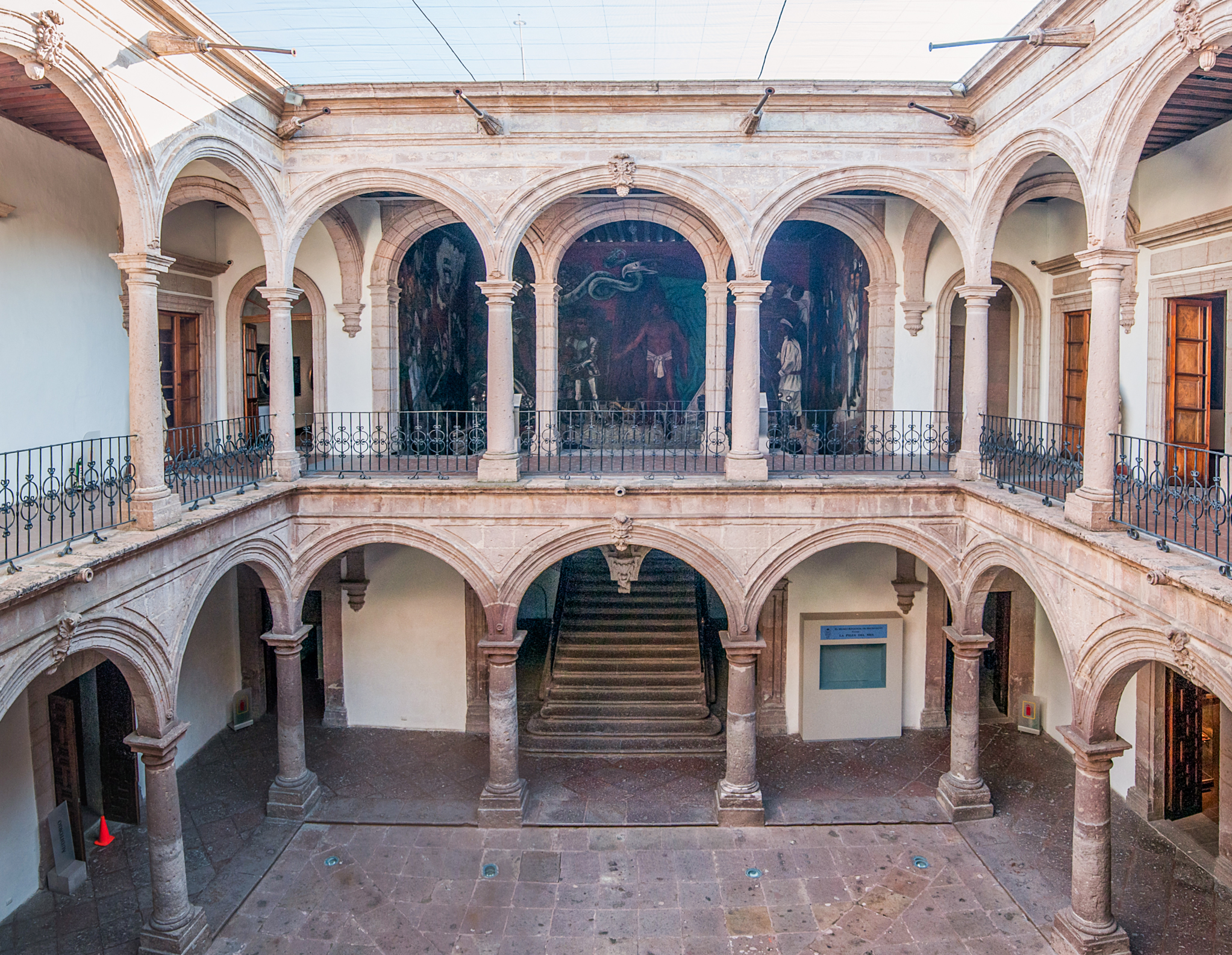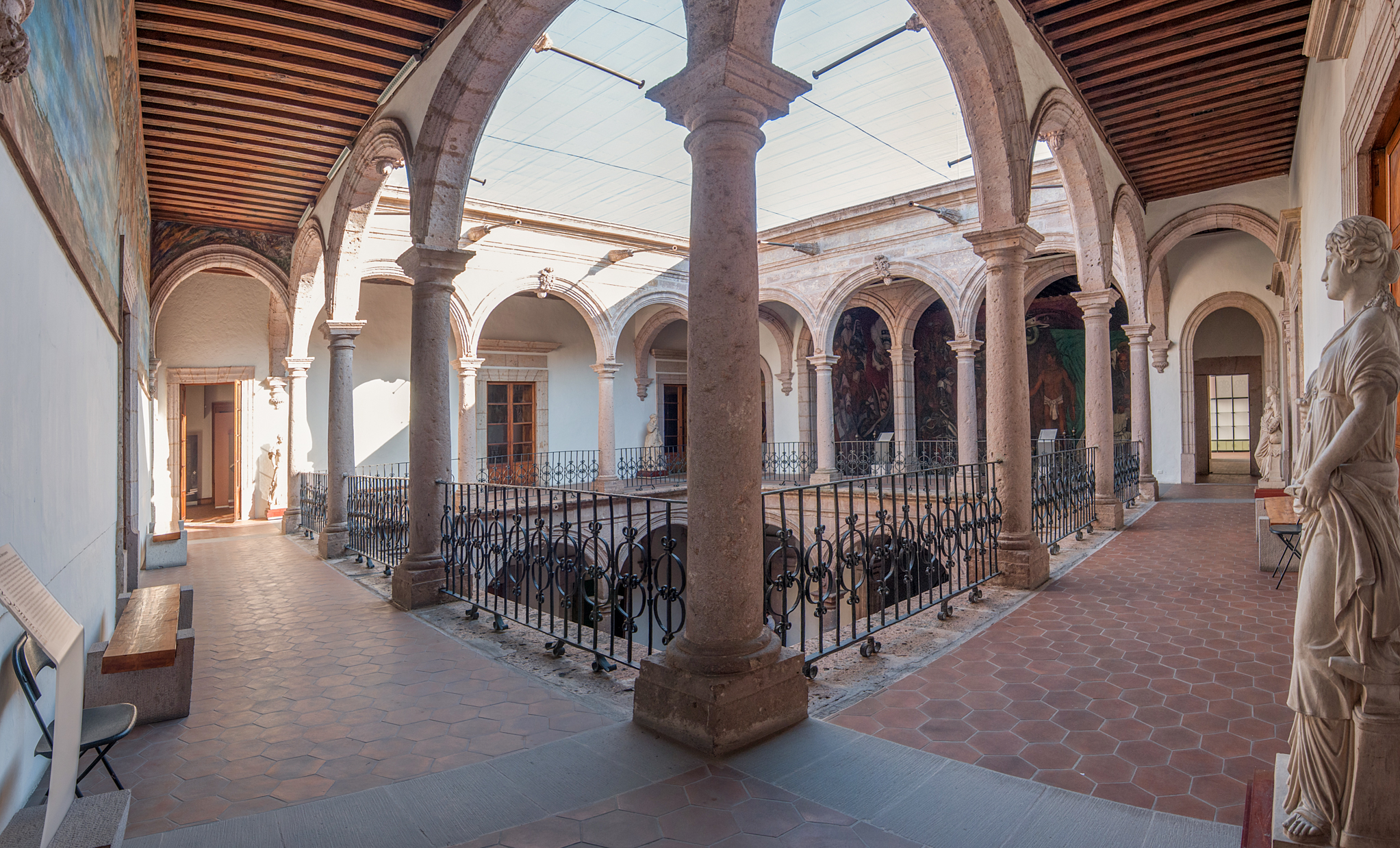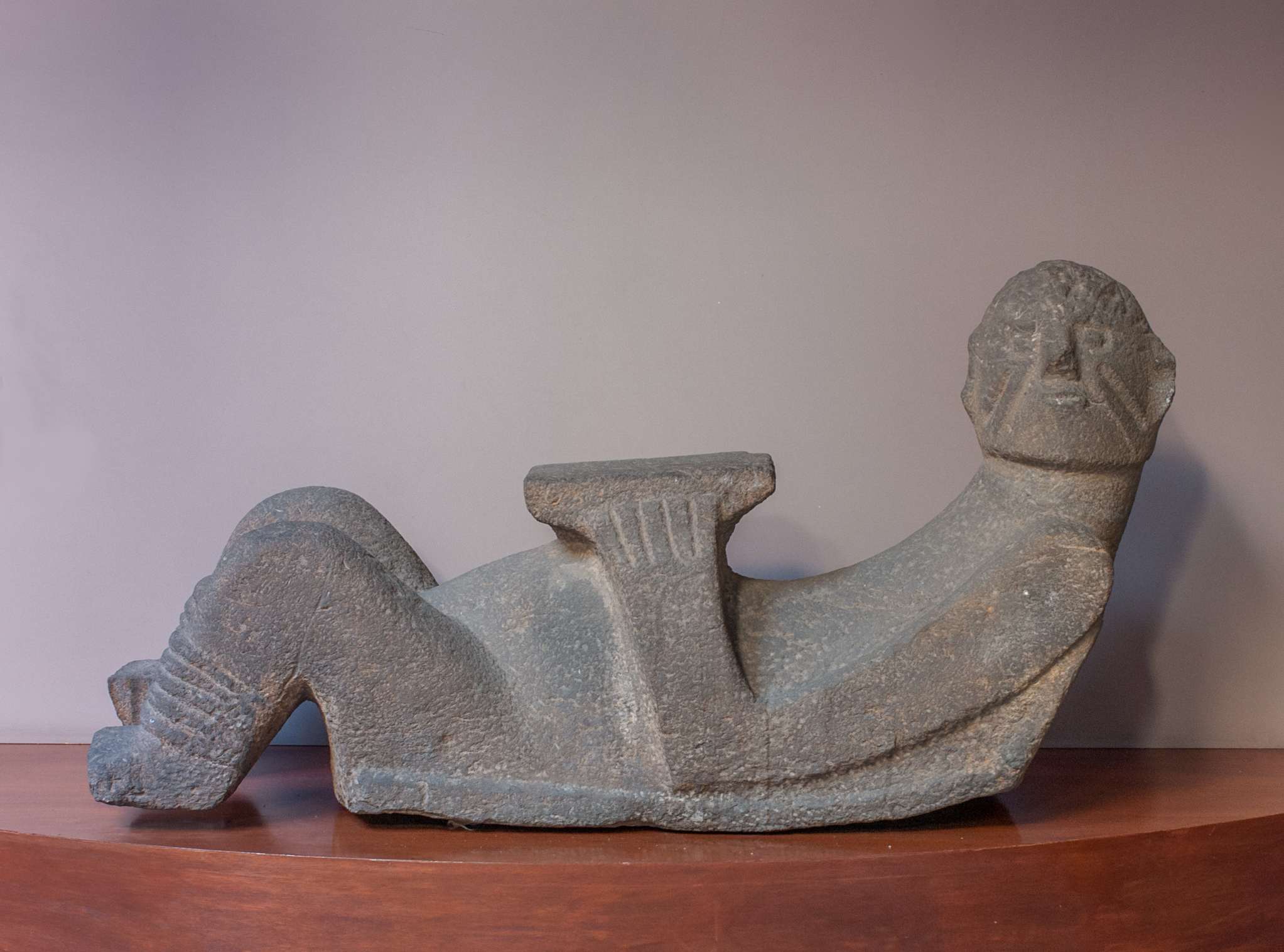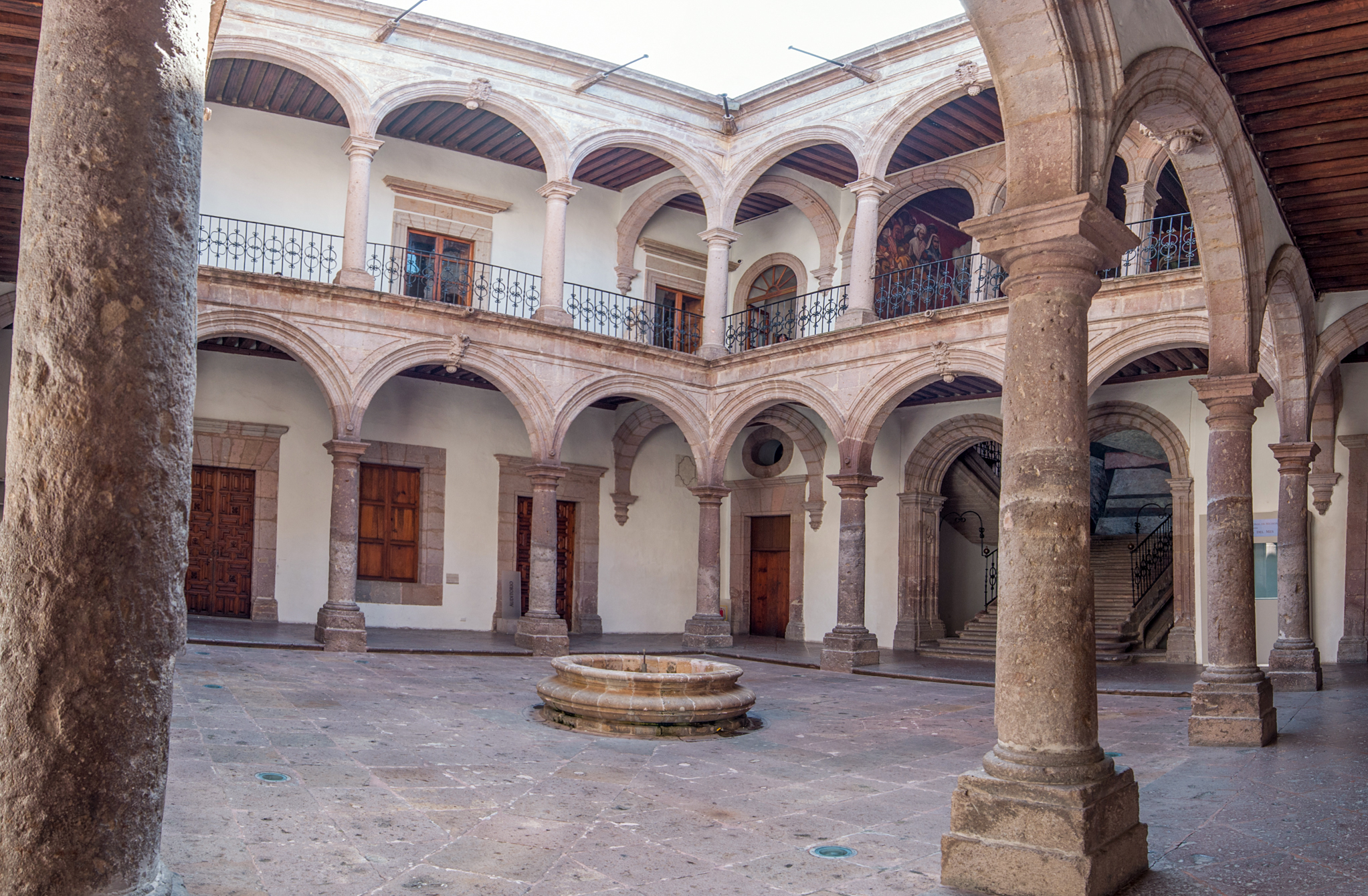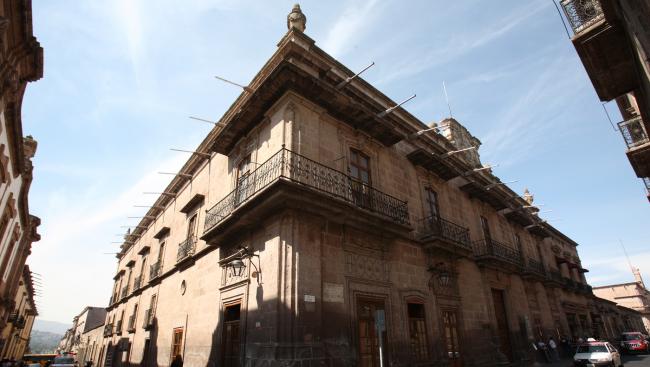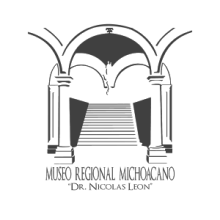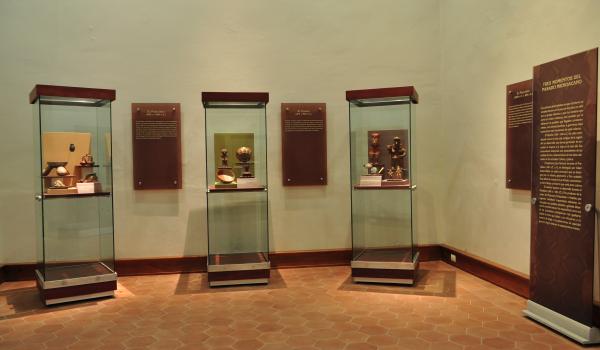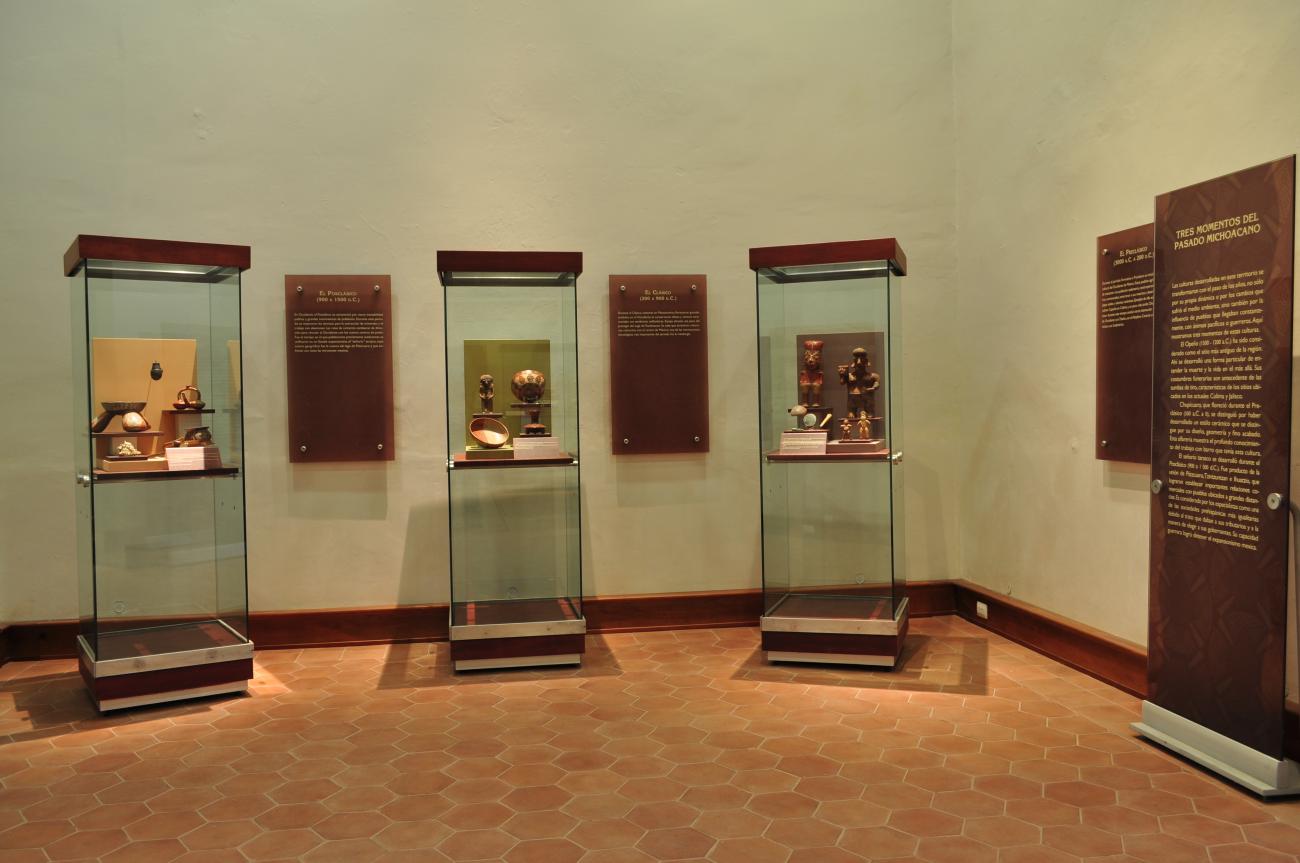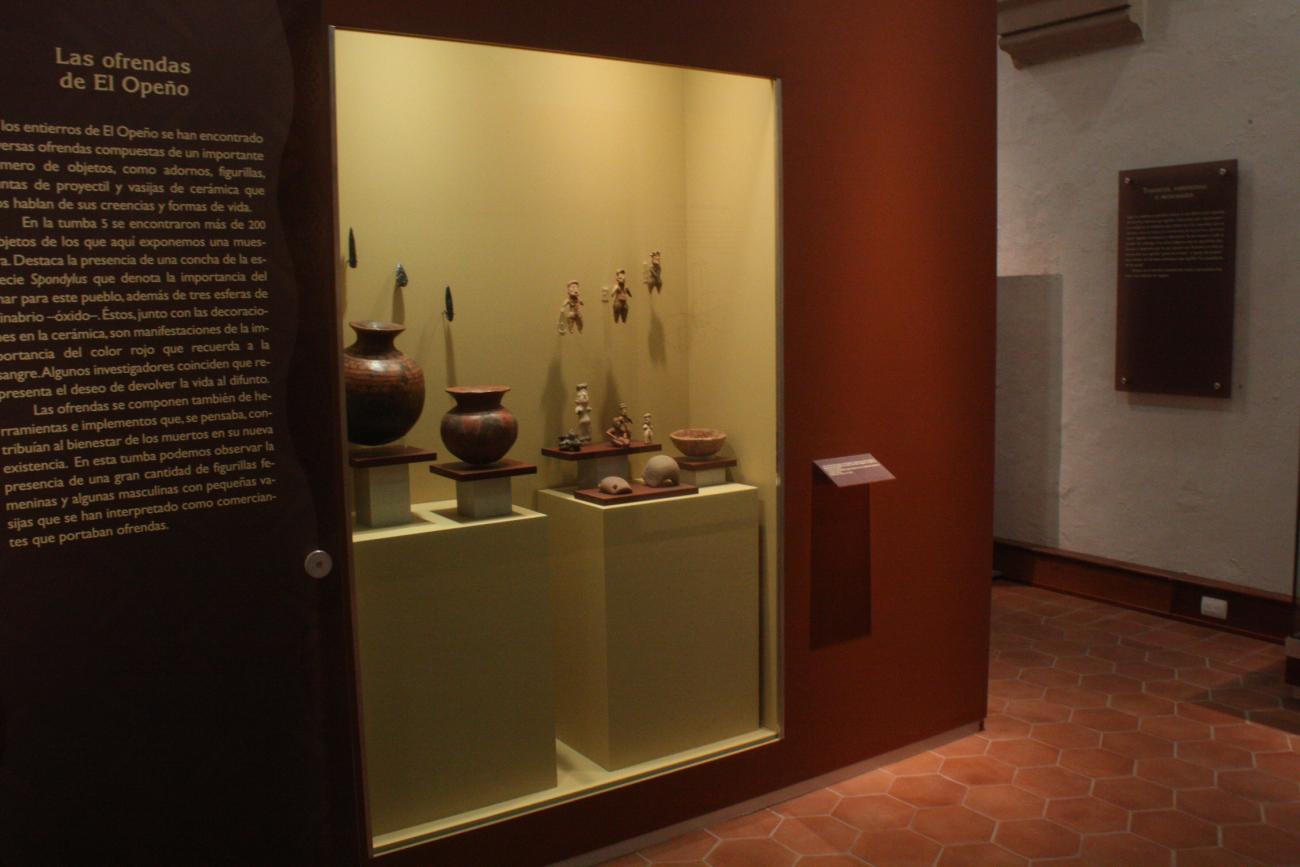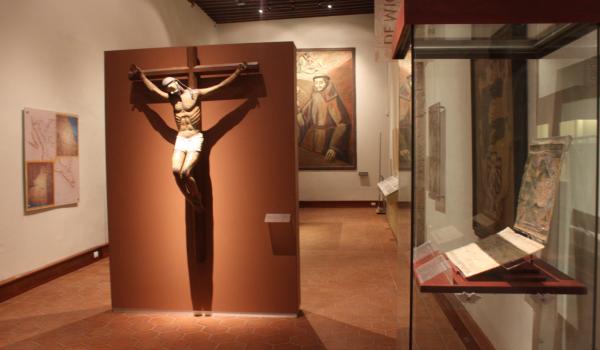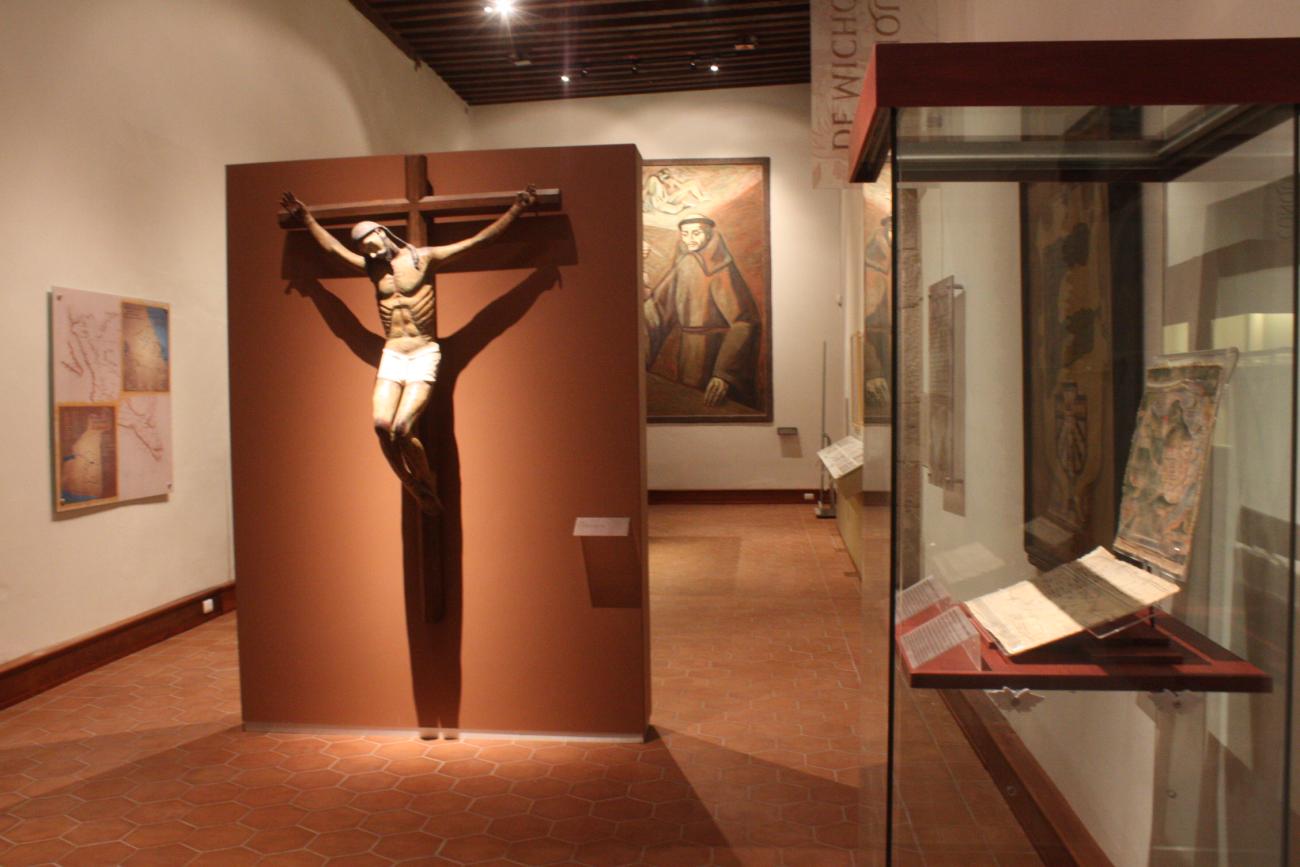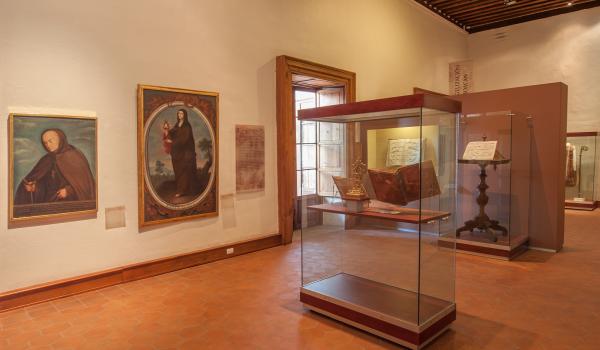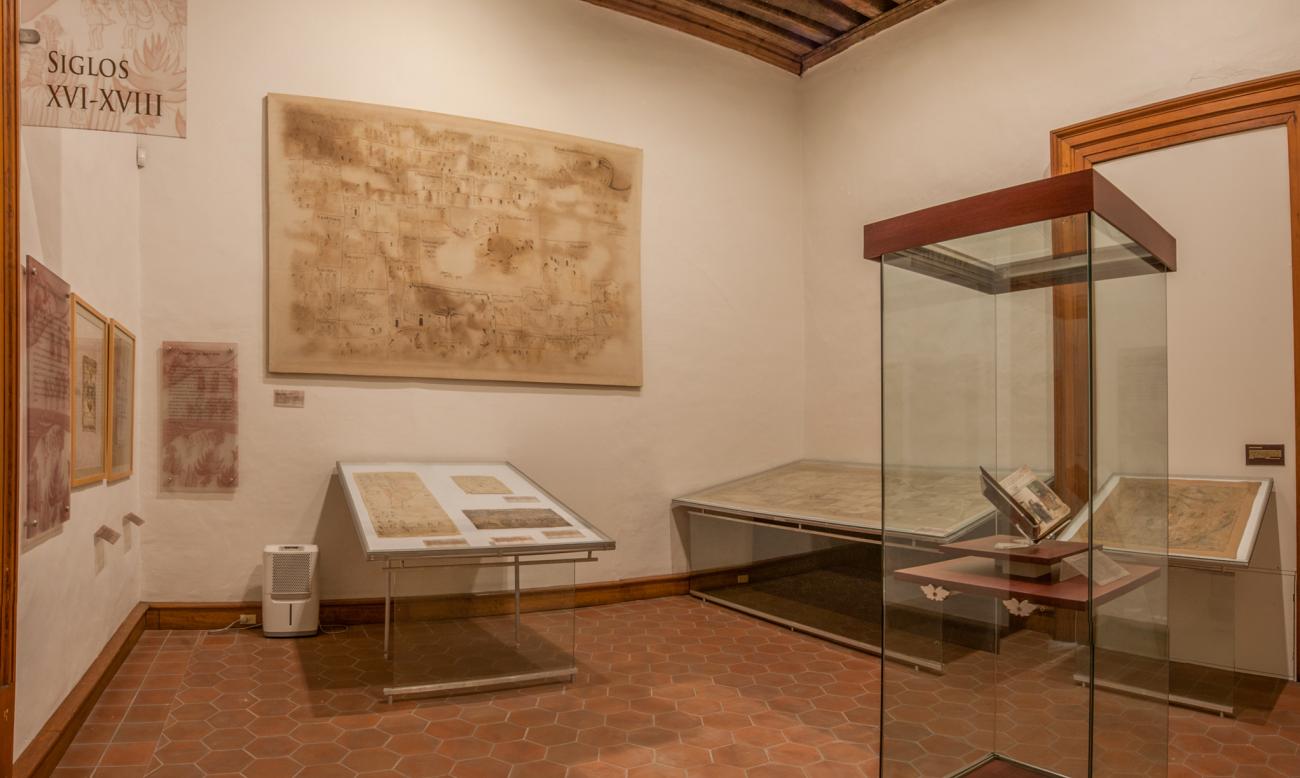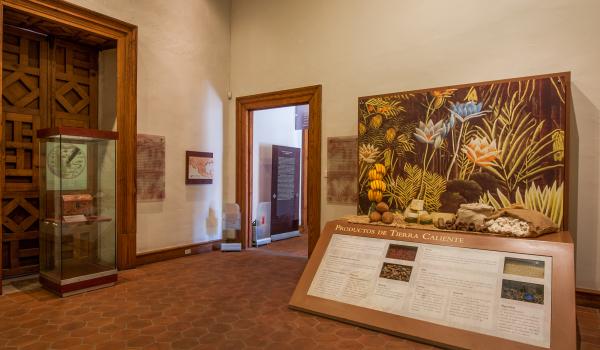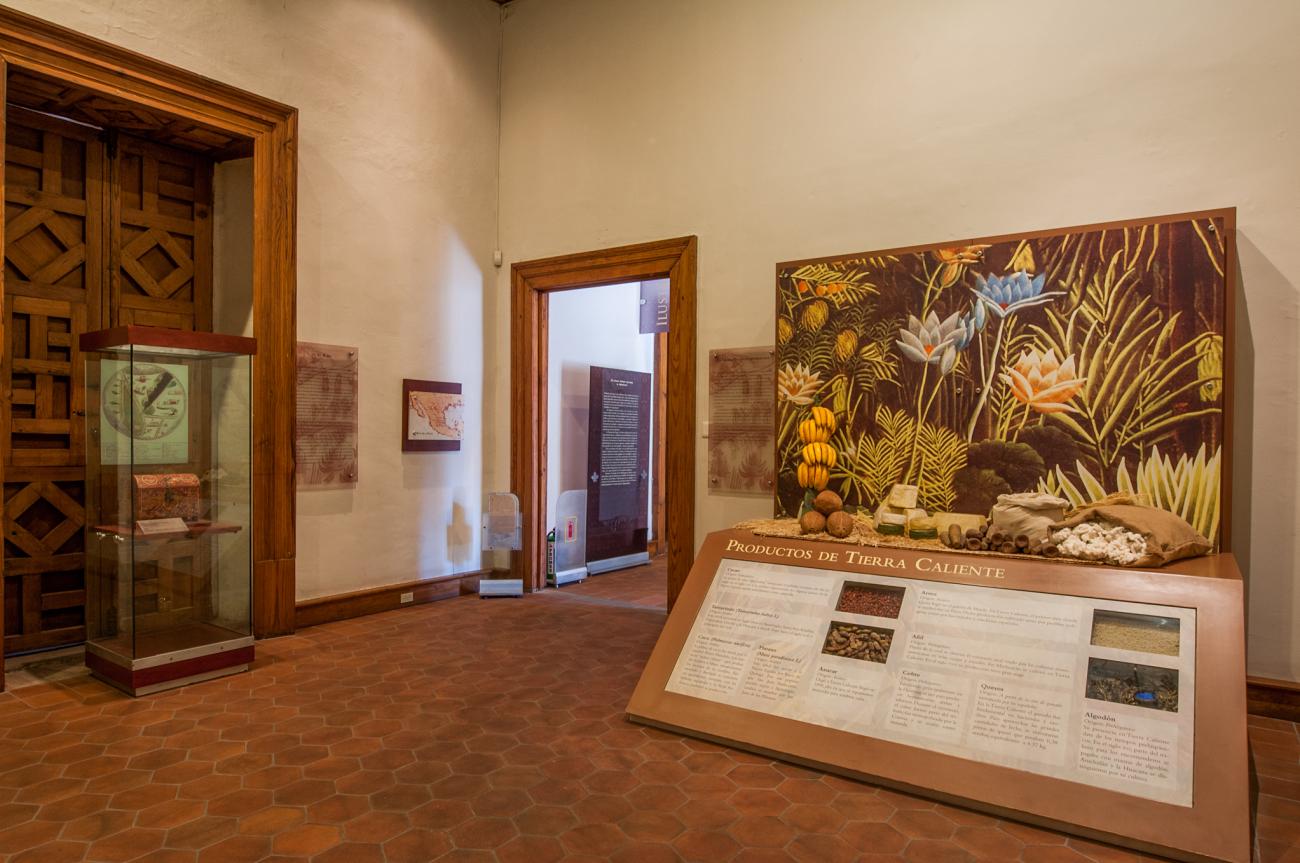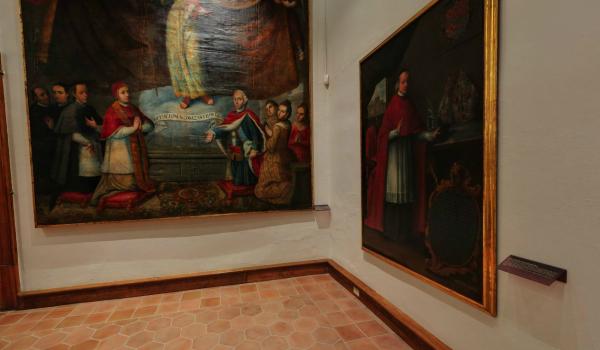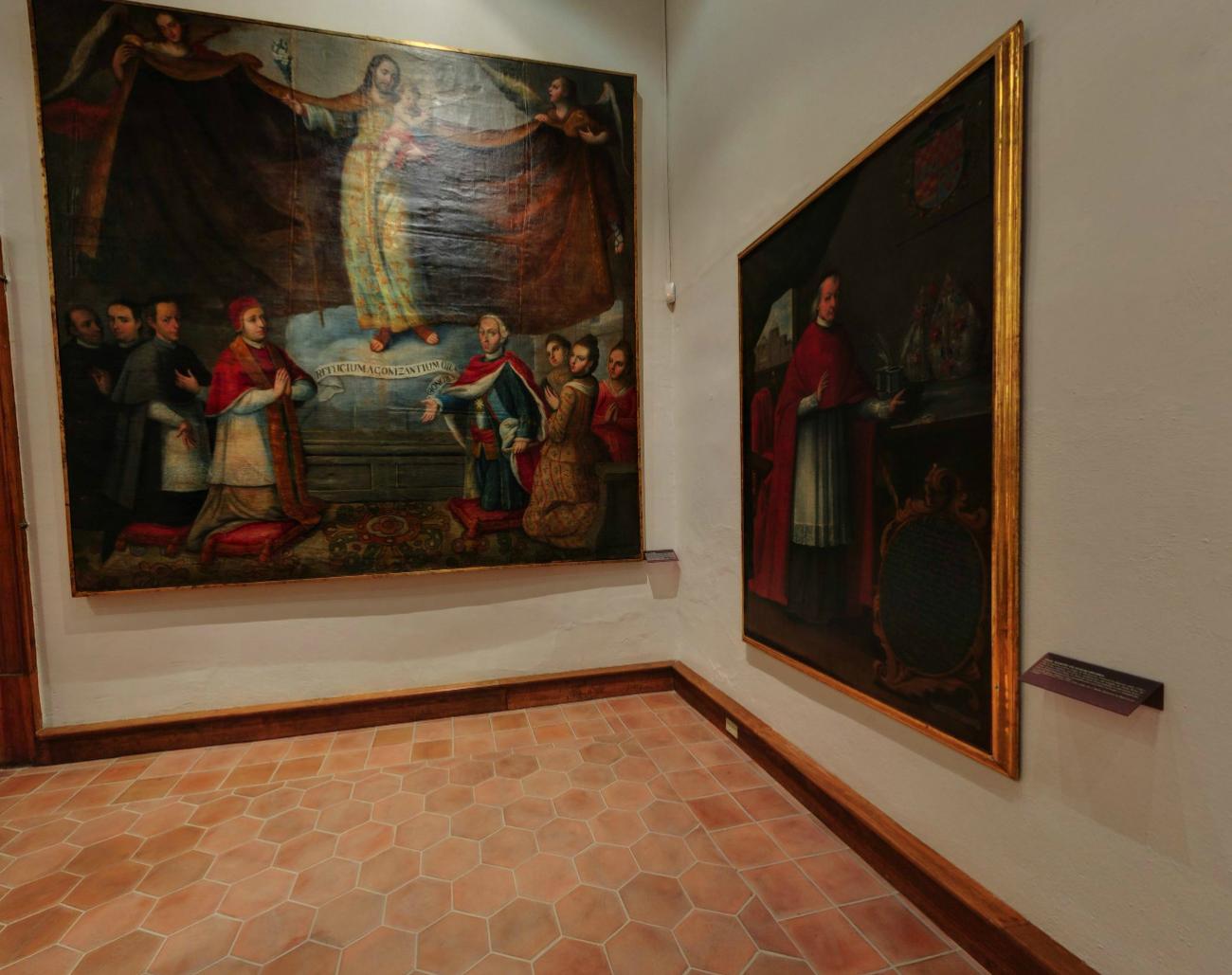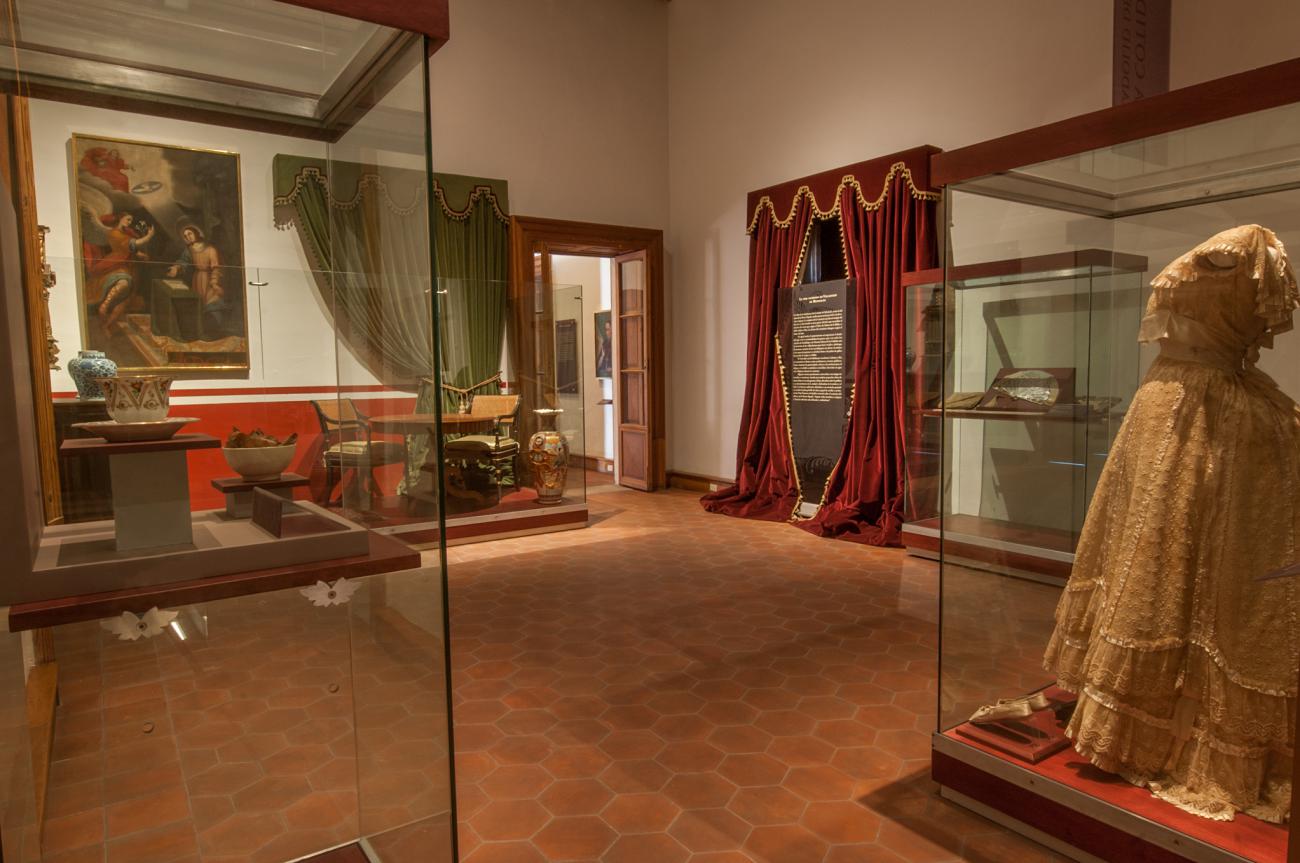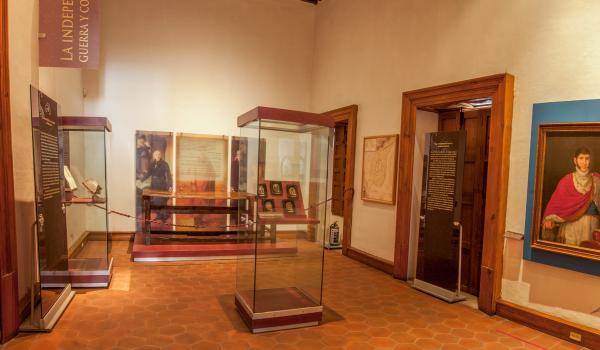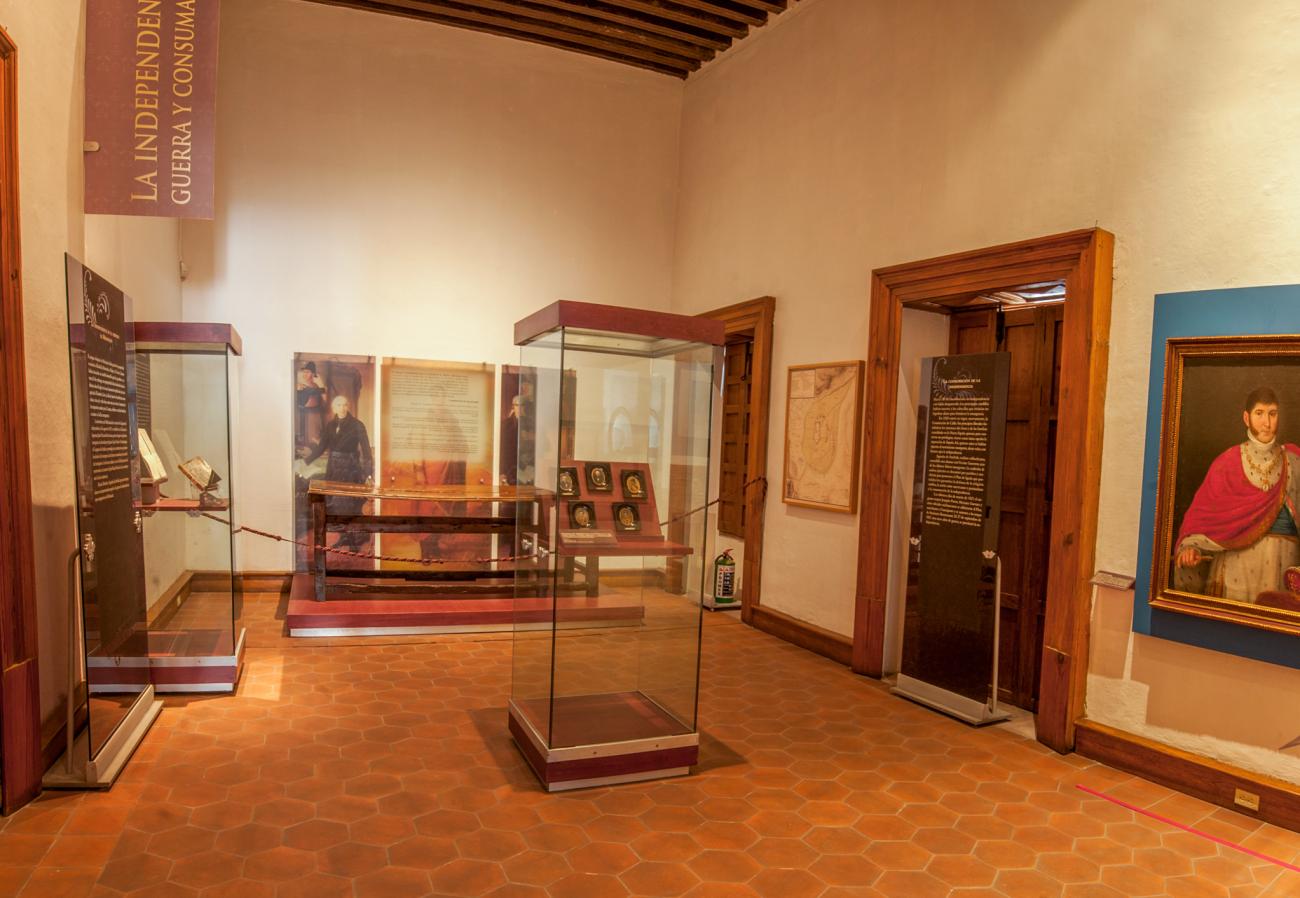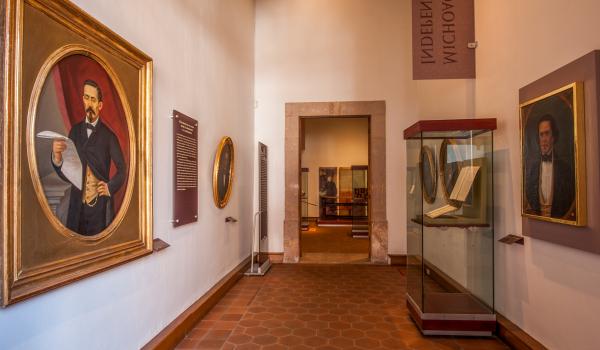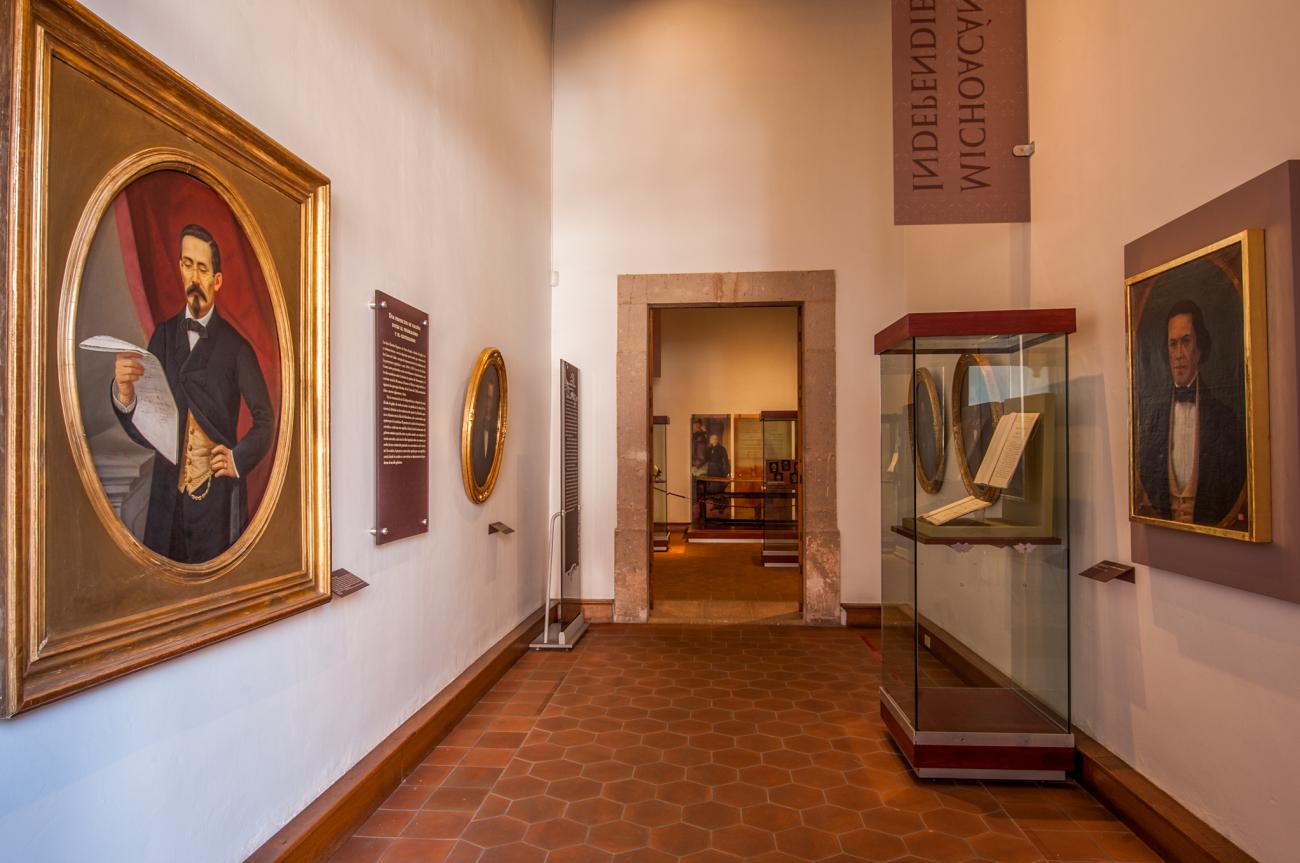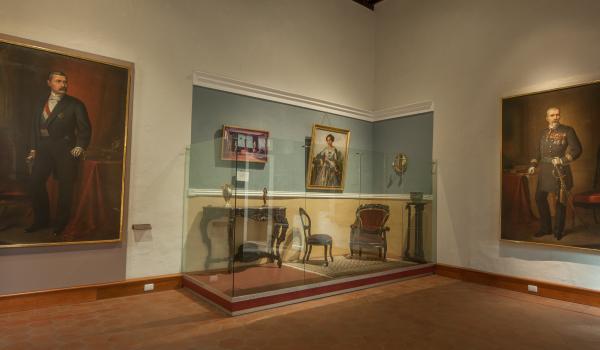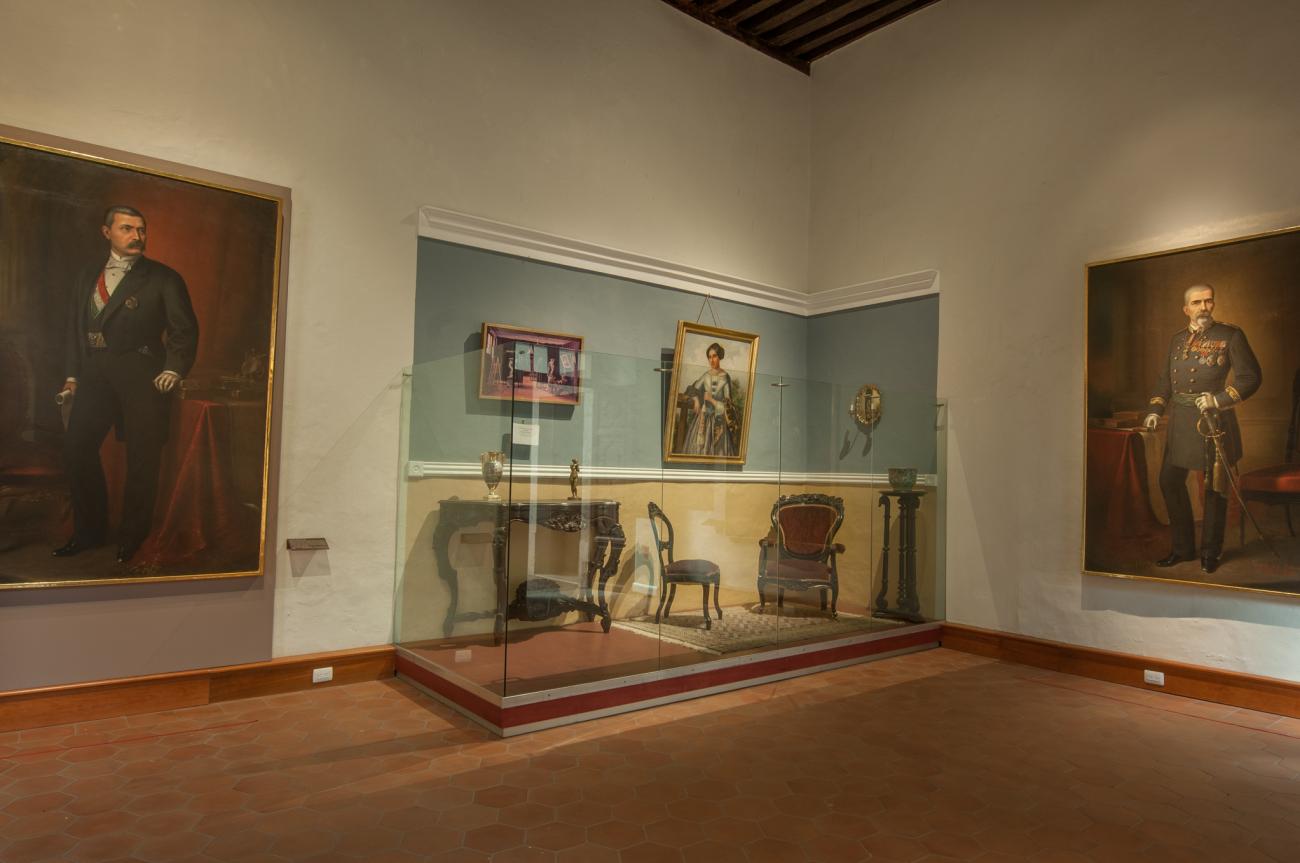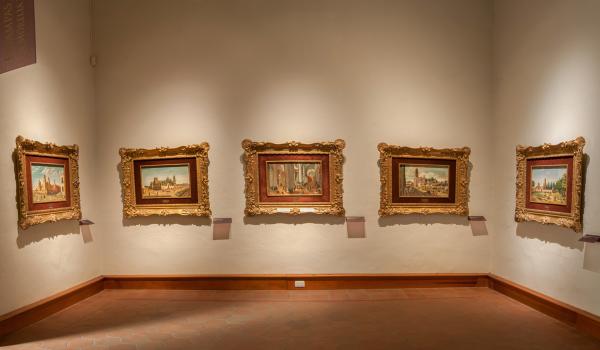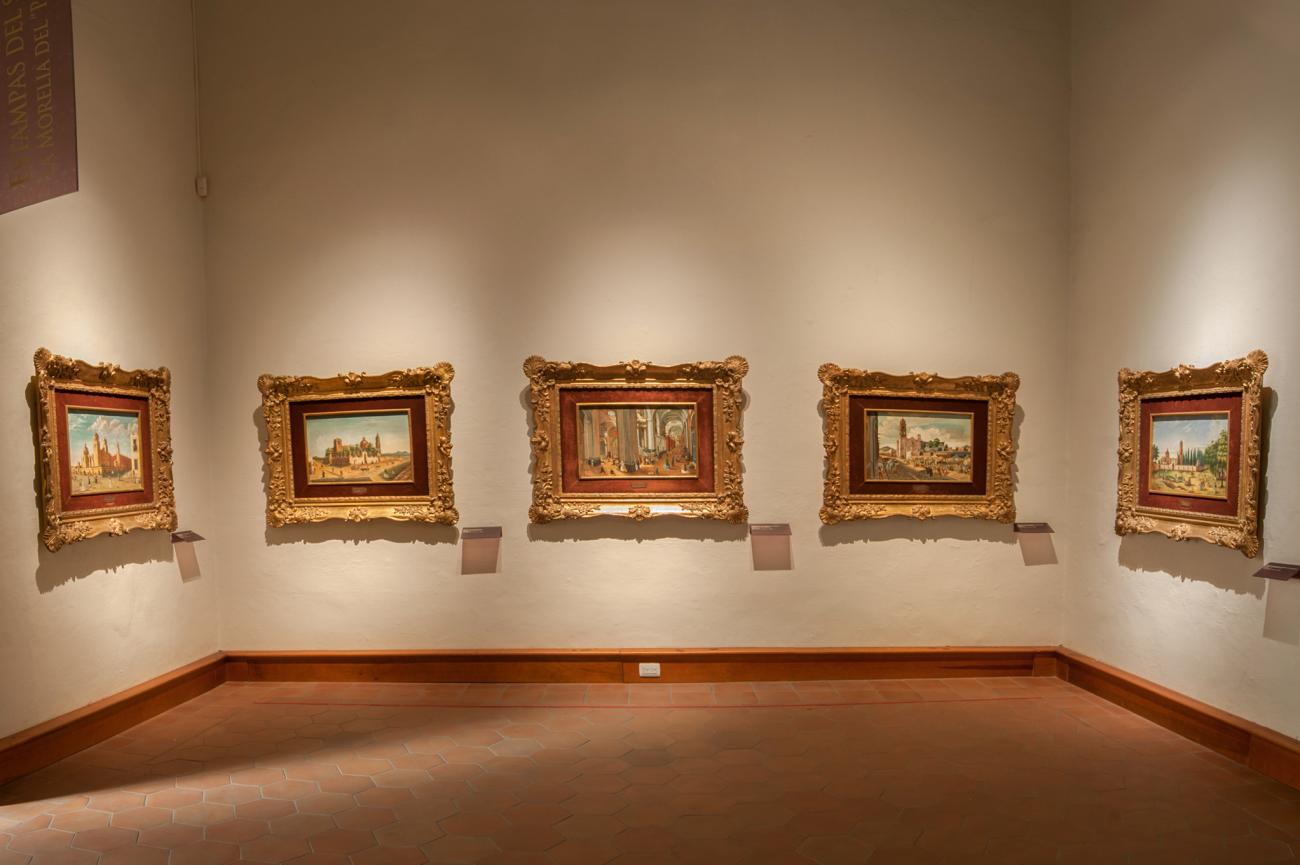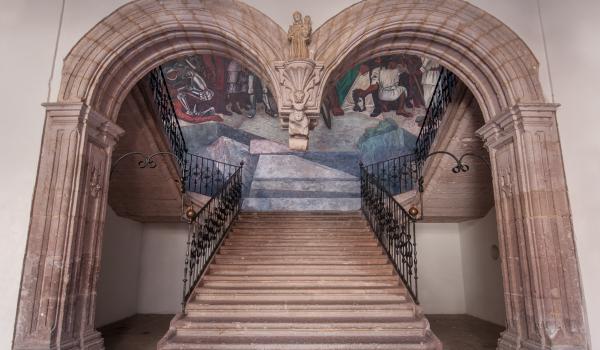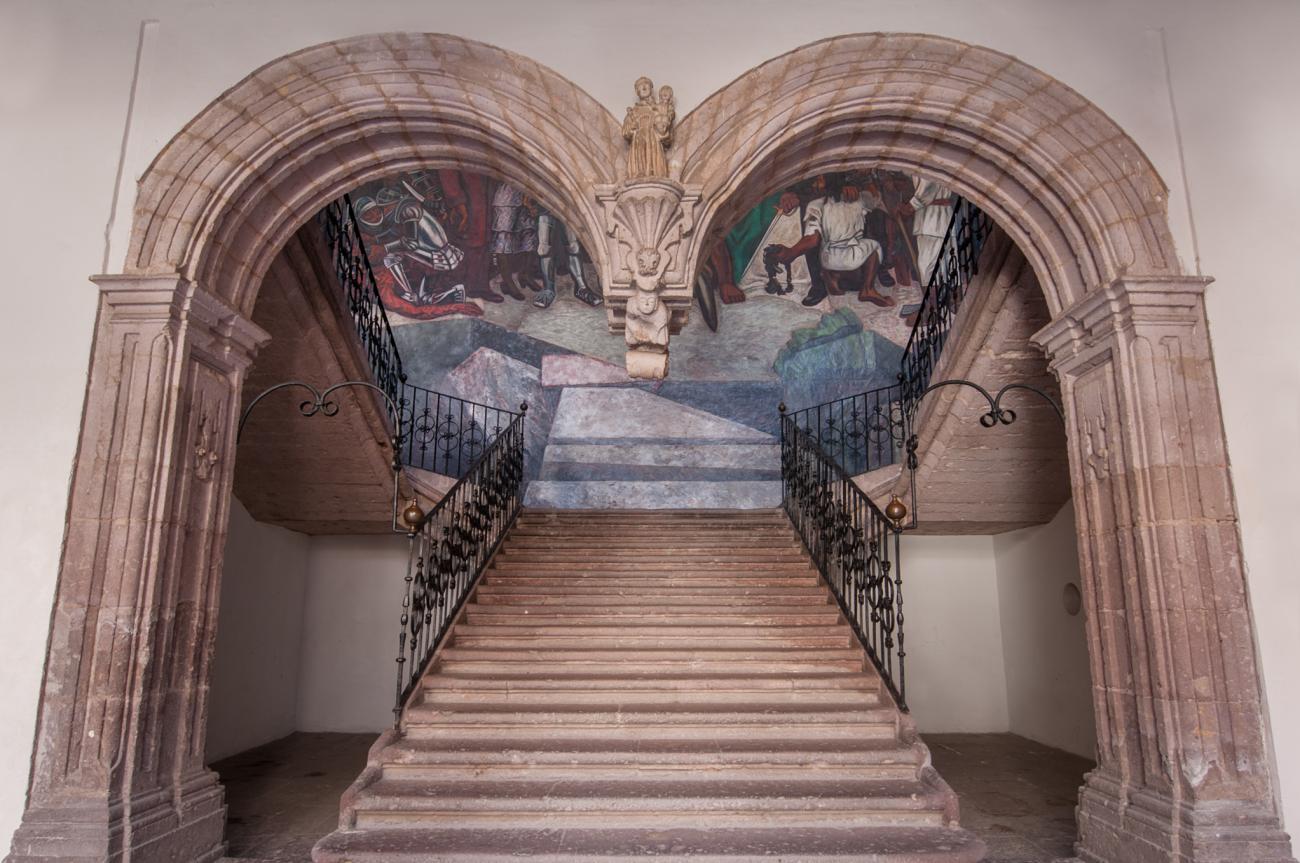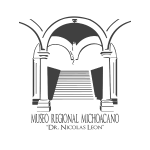Four major cultural phases are highlighted in Michoacán’s archaeological record: the El Opeño culture (1500–1200 BCE), Chupícuaro culture (400 BCE–250 CE), Tingambato (500–900 CE), and the Tarascan culture, which flourished during the Postclassic period (900–1522 CE).
The Tombs of El Opeño
El Opeño is one of the most significant archaeological sites representing the earliest known inhabitants of Michoacán. Located in the present-day municipality of Jacona, it was a village site whose tombs and burial offerings are the oldest known in western Mexico. These were underground chambers covered by vaulted roofs, dug into the subsoil and accessed by staircases. The deceased were placed inside, and the entrance was sealed with large stone slabs.
The Chupícuaro Culture
Chupícuaro emerged in the Acámbaro Valley, atop a small hill at the confluence of the Lerma and Tigre Rivers. Nearby obsidian and cinnabar deposits, along with the surrounding river network, made it an ideal location for agriculture and settlement.
Chupícuaro is the best-known Preclassic (or Late Formative, 500 BCE–0 CE) site in western Mexico. Its people lived in simple wattle-and-daub houses with stone coverings. Unfortunately, the construction of the Solís Dam flooded the area and submerged much of its archaeological heritage. However, a remarkable collection of ceramics survives, showcasing techniques and designs that influenced a broad region. Similar pottery has been found around the Yuriria and Cuitzeo lake basins, in parts of Jalisco, and throughout the Bajío, indicating strong cultural exchange.
Halfway Between Worlds: Tingambato
Tingambato—also called Tinganio—is located between present-day Uruapan and Pátzcuaro. In the Purépecha language, its name means “the place where fire ends.” It lies on the boundary between the hot and cold lands. Tingambato was an important ceremonial center, first settled some 1,800 years ago by ancestors of the Tarascan kingdom, which flourished around 1450. The ceramic remains show continuity with Chupícuaro traditions while also serving as precursors to the styles later seen in Tarascan centers such as Tzintzuntzan and Ihuatzio.
Unusually, the architecture at Tingambato includes features like sloping walls (talud) and vertical panels (tablero), a style associated with Teotihuacan. However, the lack of finer finish has led some archaeologists to question whether this represents direct influence or simply shared architectural experimentation.
Tzintzuntzan: The Rise of the Purépecha State
Located at the heart of the Lake Pátzcuaro basin, Tzintzuntzan—meaning “place of the hummingbirds”—was the last great capital of the Tarascan (or Purépecha) state. Founded by the cazonci (ruler) Tariácuri around 1325, it reached a peak population of 40,000. From here, political, economic, and religious control extended across the coastal regions, Tierra Caliente, the Bajío of Guanajuato, and parts of Guerrero and Jalisco.
Its position on the slope of Yahuarato hill gave it wide visibility across the basin and natural protection. Tzintzuntzan also had a pier, enabling travel to other communities around the lake and beyond, such as the Ciénega of Zacapu, an important Tarascan stronghold.
One of the Tarascan state's most important frontiers was its eastern boundary with a powerful enemy: the Mexica. Despite several attempted invasions, the Tarascans repeatedly repelled them, earning their adversaries' respect. Skilled warriors, the Tarascans also stood out for maintaining peaceful relations with their tributary communities.
The Tarascan culture became one of the most significant societies of the Postclassic era, noted for its craftsmanship in turquoise, obsidian, metals, and pottery. Its legacy laid the foundation for a lasting cultural identity that continues to this day.









